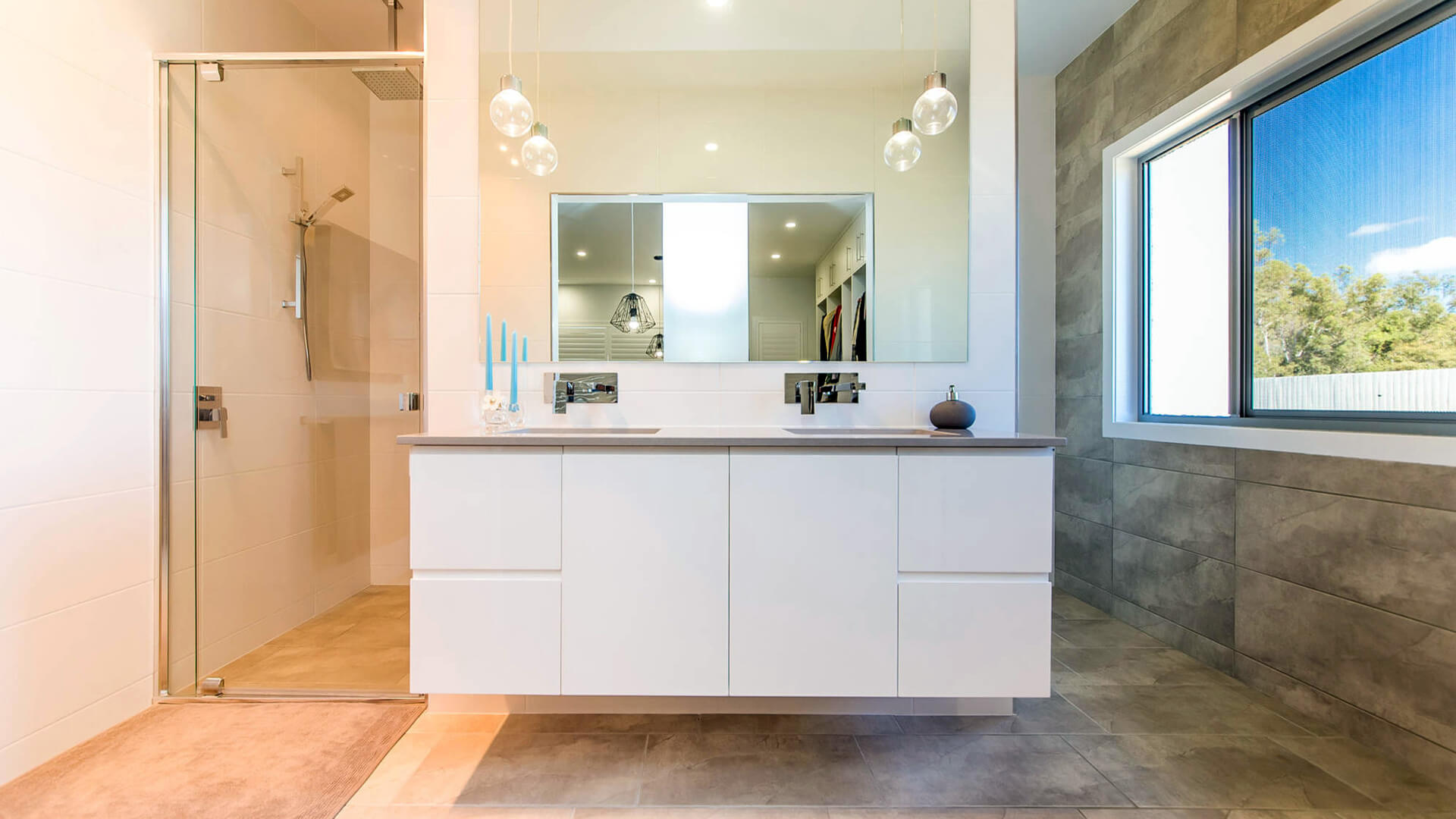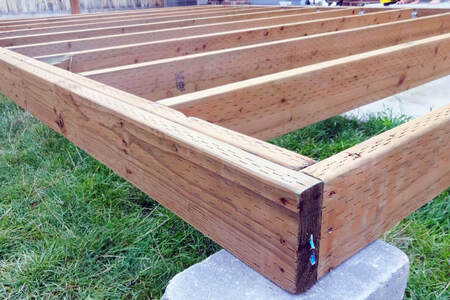
Choosing The Placement Of Your Granny Flat
Is building a granny flat on your list for the next home renovation schedule? Follow our guide as we help you find the perfect placement for your new home addition!
Read Full StoryHave you got a modern bathroom and want to remove your existing vanity and install a new vanity?
Most Australian homeowners would agree that the construction of a bathroom is incomplete without a good vanity.
Not only does it help upgrade your bathroom’s style, but it also offers counter space and storage. However, with time, the designs of bathroom vanities go out of fashion, and they need to be replaced with new ones.

While replacing them may seem time-consuming and challenging, it doesn’t have to be. But having said that, we understand that if it’s your first time replacing a bathroom vanity, you might be a little sceptical about the entire process.
We have written this guide to teach you how to replace bathroom vanity cabinets quickly. You need experience, so keep the required tools handy and be ready to shell out some dough.
Before we jump into replacing your bathroom vanity, let us consider why you should replace it first. Changing a bathroom vanity can be time-consuming and messy; consider whether it’s right for you.
Let’s face it: one of the most common problems with bathroom vanities is mould growth and mildew. Since they are always in contact with water, they build moisture.
This causes the formation of rust and mildew in the bathroom cabinet, thereby weakening the structure. So, if that’s the case with your bathroom vanity, you need to replace it.

You might want to install a bathroom vanity for extra storage space if you have a pedestal sink. While these sinks are easy to install in the bathroom, they don’t offer much storage. In addition, with a bathroom vanity, you can easily hide all the toiletries inside its cabinets so your bathroom looks organised.
If you have owned a bathroom vanity for a long time, it’s natural that it will become damaged due to wear and tear. Hence, you will need to replace it with a new one.
Here is a list of the materials and tools you need to replace your bathroom vanity.
These are the steps that you must follow to replace your bathroom vanity:
First things first, you have to choose your new bathroom vanity. With the availability of many designs on the market, deciding whether you want a bathroom vanity with or without an attached top is essential.
You will come across many options, from granite to marble, but choose one that best suits your lifestyle.
Now that you have chosen your bathroom vanity, it’s time to remove the old one. First, disconnect the sink by turning off the water valves to the existing sink. Also, we suggest you open the faucet to eliminate any remaining pressure.
Below the sink, you will find the water supply lines and P-trap drain pipe. Place a bucket or a towel under it to collect water from the drain trap. Proceed to unfasten the nut at the top of your P-trap, detach the trap from the sink drainpipe, and ensure that you obliterate the trap.
Next, you have to disengage the water lines from the valves. You can use a utility knife to cut the sealant or the caulk that joins the sink’s backsplash to the wall.
Unfasten the screws that hold your bathroom vanity and pull them out. If the wall area seems damaged, repair it before installing a new bathroom vanity.
You can use a paintbrush or a putty knife to restore the wall.
Mark out the new spot according to the dimensions of your new bathroom vanity. A stud finder can make it easier to locate and mark the studs within the outline. This is one of the most important steps, so being careful is essential.
Ensure that your vanity cabinet is aligned with the marks you have made on the wall. If needed, you can remove the vanity doors to make assembly easier. Moreover, you can use shims to adjust the height if required.
Once you have evenly placed your bathroom vanity, use a drill driver to drill pilot holes into the nearest studs and tighten the screws. However, if there are no studs to drill the screws into, you must use wall anchors; make sure you buy the correct ones.
You must dry-fit the vanity top if it doesn’t feature an attached one. First, ensure there is no gap between the vanity and the wall before applying caulk to the cabinet’s top. Hold the vanity top into position and press down with all your strength.
Check that the vanity top is flush and level with the wall. If your bathroom vanity doesn’t have adjustable legs, you can consider using shims under the base till it is even on each side.
Follow the manufacturer’s instructions to attach the faucet and tap ware. After connecting the faucet, fit the P-trap to the new sink drain, and check all the connections to ensure there is no leak and everything works fine.

You must know how to maintain the bathroom vanity and sink components so that you don’t have to worry about a replacement for a long time.
You must prevent water from damaging your countertops and the surrounding walls. Inspect the caulk annually to ensure water cannot seep in and cause damage.
If you find that the sealant is weakening, get rid of the existing bead and apply a new one. Sealants and caulks can last up to 20 years when taken care of with ingenuity.
Besides regular cleaning, one of the most critical steps in maintaining your bathroom vanity is taking care of the faucet. Faucets start leaking and dripping under the countertop or around the base with time. When it happens, you must replace the parts immediately.
Please don’t wait for it to get too bad, as it will cause water damage to the surrounding floors and the cabinet.

So, that brings us to the end of this informative guide on how to replace and install a bathroom vanity.
We hope it has helped you gain valuable insights into replacing your bathroom vanity and completing your property’s makeover. A bathroom vanity doesn’t just house the sink but adds a touch of elegance and provides countertop space.
If you notice your bathroom vanity is improper, we suggest replacing it soon. Ensure you have all the necessary tools and materials before installing.
Plus, it would help if you habitually maintain every component of your bathroom vanity so that it lasts a long time before requiring another replacement. Don’t hesitate to contact our team at Final Touch for professional and reliable bathroom renovations in Sydney.
Until next time, when we’ll be back with another exciting topic.
Is building a granny flat on your list for the next home renovation schedule? Follow our guide as we help you find the perfect placement for your new home addition!
Read Full StoryWould you like a deck that complements your patio furniture? This guide to DIY framing a deck will help you learn how to do it yourself.
Read Full StoryAre you new to woodworking and wondering how to measure, mark, and cut wood for your projects? Our easy to follow guide will explain everything you need to know.
Read Full Story

